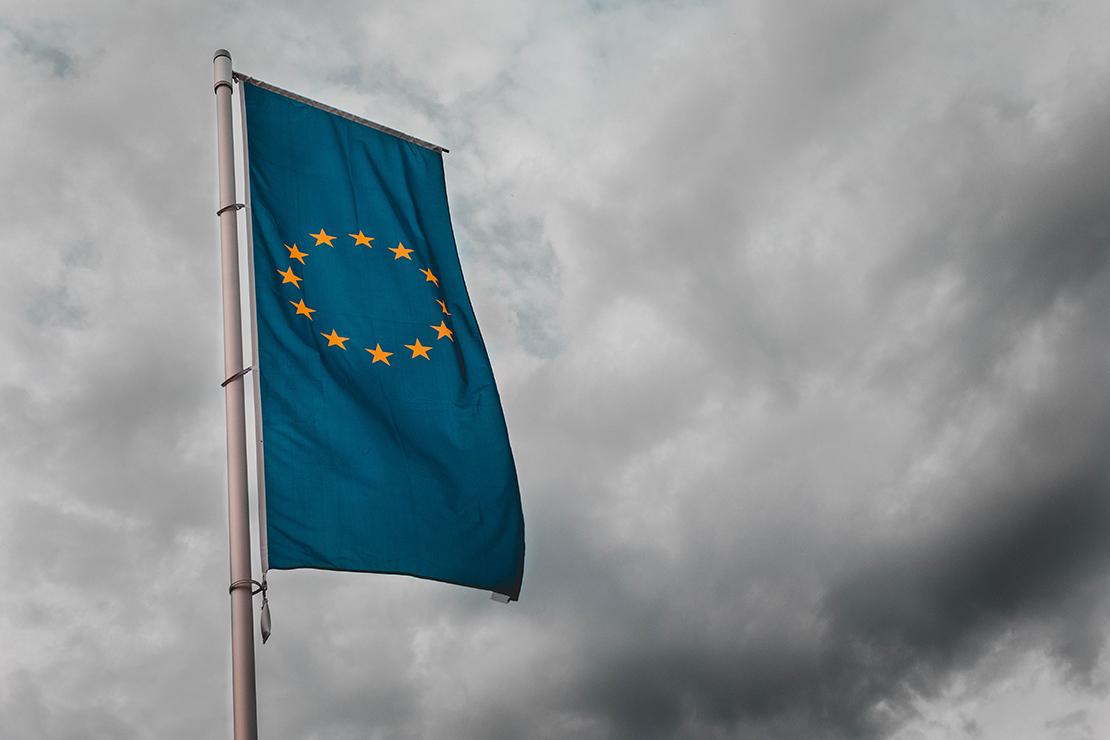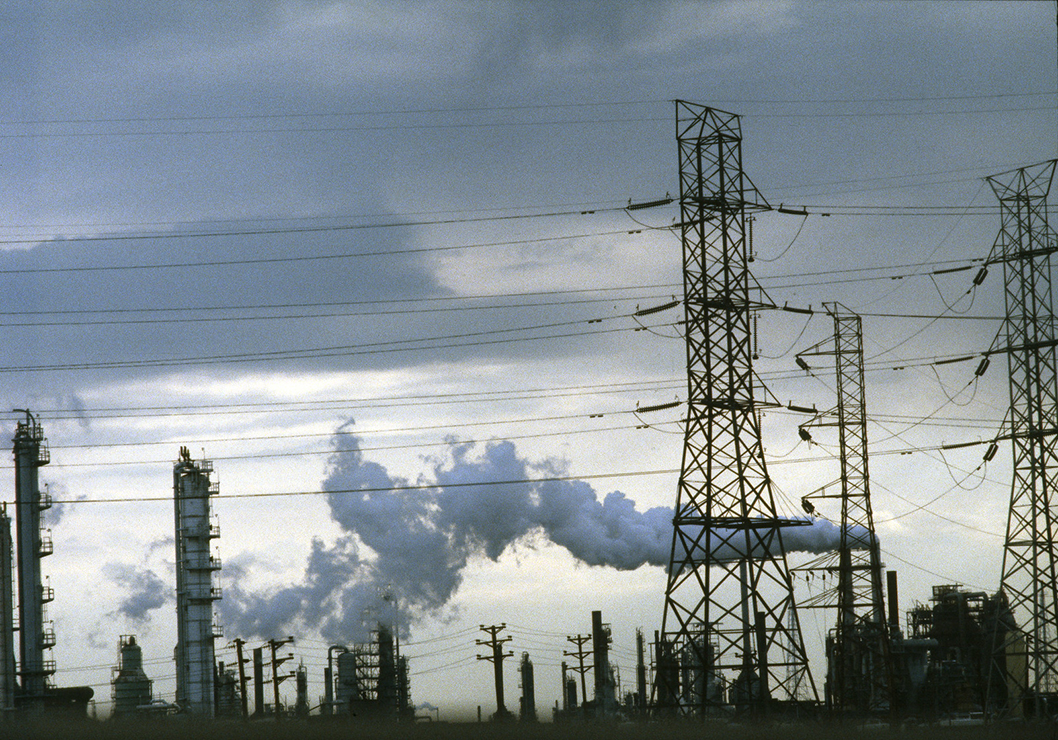Authors

Delfinë Elshani
economics, migration issues, trade, privatization and budgetary planning“The failure of governments across the world to ensure clear air, constitutes a ‘violation of the rights to life, health and well-being, as well as the right to live in a healthy environment”.
UN expert.
In the last decade, air pollution has developed into a rising concern worldwide. Across the globe, several initiatives have been undertaken over the years to tackle it while Kosovo, especially the capital city, has experienced an enormous deterioration in the air quality that will only escalate further. During winter, air pollution in Pristina is persistently well beyond recommended levels and in some days, it is reaching the exceptionally hazardous levels. This has been documented by the publication of data on air quality by the US Embassy in Pristina as well as Hydrometeorological Institute of Kosovo. Nonetheless, our governmental institutions have decided to remain idle and just ‘wait and see’ how this paramount issue vanishes with spring. None of the parties that participated in the October 6 elections has seriously addressed air pollution in their electoral programs, i.e. Kosovo will not undertake any real action in this regard for at least another four years. Given the importance that this phenomenon has on our daily lives, this espresso insight aims to identify the potential effects of air pollution and its possible economic consequences and costs.
“Air pollution is defined as all destructive effects of any sources which contribute to the pollution of the atmosphere and/or deterioration of the ecosystem”. In other words, the emissions into the air of different gases such as carbon monoxide, carbon dioxide, and sulfur dioxide, as well as particular matter, ground level ozone, and liquid droplets. The main sources of pollution come from different industrial activities, motor vehicles, combustion of household fuel for energy production, and coal-fired power plants, amongst others.[
These sources of air pollution cause several damages to the environment as well as health complications to humans, which differ according to the length of exposure to them, i.e. long and short-term exposure. On the one hand, air pollution leads to the contamination of water and soil, severely damages trees, plants, and wildlife, and, amongst others, kills crop yields. On the other hand, the adverse health effects are numerous and can be grouped into short and long-term effects. Among the short-term health problems are pneumonia, headaches, nausea, and nose, throat, eye, and skin irritation. Long-term health effects of air pollution encompass respiratory and cardiovascular diseases, damage to brain, lungs, kidneys, and liver, birth defects, cancer, and the reduction in life expectancy. The increasing rate of morbidity and mortality due to damaging air quality, especially in the developing countries, has been reported by various studies. Among the most vulnerable groups effected by air pollution are children under 14, elderly, individuals with current health problems such as heart and lung disease, pregnant women, outdoor workers, as well as poor families with limited or no access to health care. According to the latest State of Global Air report, in 2019 air pollution is the fifth leading cause of death, ranked before malnutrition, alcohol abuse, and inactivity, which also leads to a reduction in the life expectantly by 1.8 years. In general, air pollution causes roughly 6.5 million deaths every year, approximately 18,000 individuals per day. Worrisome is the air pollution’s major impact in the number of premature deaths. More precisely, the number of global premature death was 3 million in 2010 and it is expected to increase to 9 million by 2060, i.e. an increase of up to 200%. On a similar note, the number of children (aged 6-12) and adults affected by bronchitis is estimated to increase by roughly 200% and 180%, reaching 36 million and 10 million, respectively. Asthma is another illness that mostly affects children, especially of age 5 to 19. Air pollution’s respiratory problems kill every year more than 500,000 children younger than 5 years. This said, the increase the number of individuals affected by various diseases results in an increased number of hospital admissions which is estimated to increase from 3.6 (2010) to 11 million (2060).
A 2016 OECD study reveals that the effects of air pollution in human health also encompass serious economic costs, which are broken down into market and non-market costs. There are three types of the market costs; labor productivity related to health complications, additional health expenses due to illness, and loss in agricultural output. First, air pollution negatively effects workers’ productivity, being the cause of illnesses that result in more absenteeism and less-working days. A study reveals that as air pollution levels increase, women, especially the ones with children, work less hours. Globally the number of lost working days due to health issues is estimated to be roughly 3.75 billion by 2060. Second, severe and ongoing diseases also entail additional expenditures negatively effecting people’s income, especially the low-income ones. The healthcare costs of worldwide air pollution are predicted to increase from $21 billion in 2010 to $175 billion in 2060, approximately 730%. Third, agricultural output is directly impacted by a reduction in crop yields caused by air pollution. Overall, the aforementioned market impacts are estimated to cause worldwide economic costs, which will progressively increase from 0.3% in 2015 to 1% of the overall GDP in 2060.
The non-market or monetized welfare costs are related to premature death (mortality) as well as pain and stress from illness. The former’s economic costs due to air pollution were $1.6 trillion in 2015, only in Europe. In the same year, the overall annual costs related to premature death (calculated as people’s willingness to pay in order to diminish the threat of premature deaths) were $3 trillion. However, this number is expected to drastically increase by 2060 to $18 to $25 trillion, i.e. an increase of up to 700%. While the latter costs are associated with restricted activity, hospital admissions, and illness. These costs are projected to increase from $280 billion in 2015 to $2.2 trillion in 2060. These costs are assumed to be greater than the market ones.
Air pollution is not just a nuisance; it has alarming health effects and massive financial implications that Kosovo is ill equipped to face. On this note, according to the European Environment Policy’s report on Air quality in Europe, in 2015 Kosovo suffered 3700 premature deaths or 0.2% of the population, ranking Kosovo as the country with the highest number of deaths in Europe because of poor air quality. According to the 2010 World Bank data, the costs of health impact of air pollution in Kosovo were estimated to be between €38 and €163 million per year, or 0.9 – 3.88 percent of total GDP. This said, public institutions should undertake urgent and immediate actions and adopt policies in order to appropriately address this issue. Otherwise, it risks jeopardizing the overall wellbeing of the citizens and incur enormous, unaffordable costs.
Share article
Related Espresso Insights
March 4, 2024
Espresso.Insights
Passport Hangover: What’s next after Spain’s Kosovo breakthrough?

January 16, 2023
Espresso.Insights
Recognized but not supported: Hungary's stance on Kosovo's EU bid

Latest Publications
April 24, 2024
Policy Analysis
Tracking Kosovo's Commitment: Monitoring Adherence to the Venice Commission Rule of Law Checklist in ...
April 8, 2024
Policy Analysis
Reflecting on the Third Year of Kurti II: Setbacks and Achievements in Rule of Law, Public Administr ...
March 22, 2024
Policy Analysis






